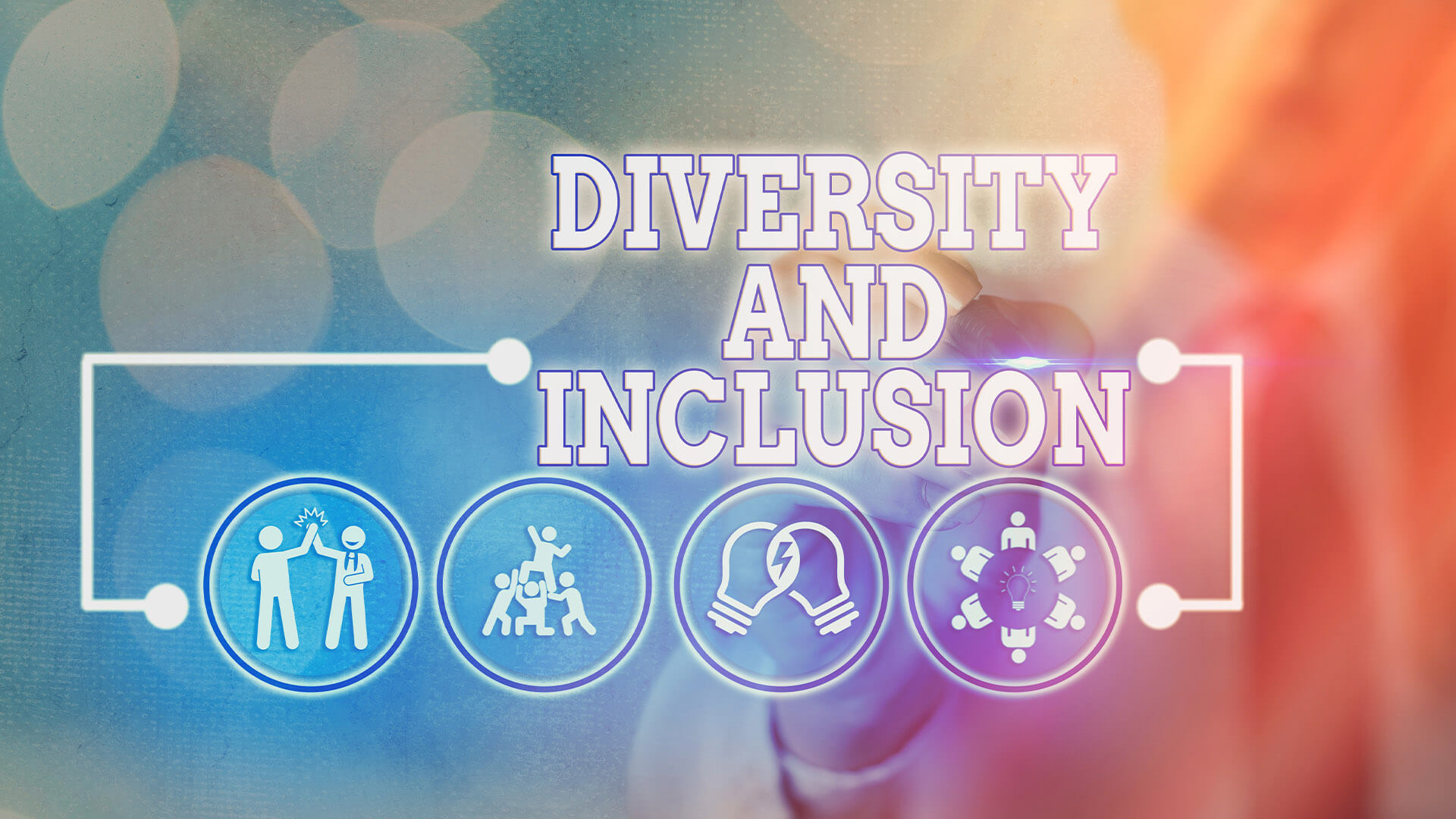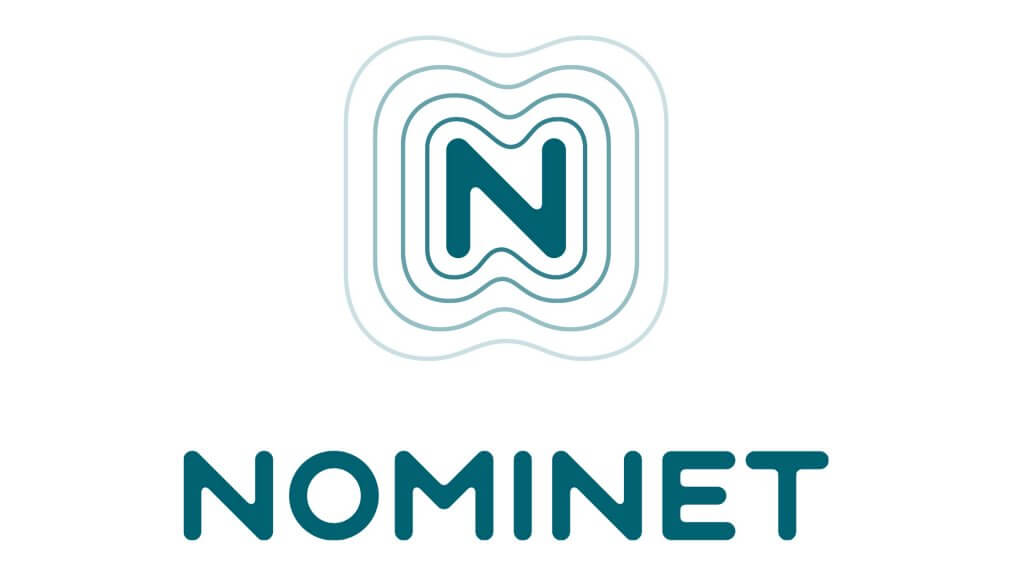Experts Provide 6 Ways Leaders Can Actively Lift Inclusions Barriers
Leaders currently face 2 key barriers – prioritisation and recognising privilege
“You either care about people or you don’t but you can’t fake it, and in turn, inclusive leadership starts with recognising the value of individuals” says Garry Eccles, Vice President of Cereal Partners at Nestle.
“If leaders don’t value individuals, become culturally aware and listen more, they won’t overcome the barriers to their inclusion efforts. Inclusion and belonging are personal feelings which means people won’t articulate their thoughts if they aren’t asked”.
Matt Stephens, founder of Inpulse, the employee wellbeing survey experts, agrees. Research from Inpulse shows that 25% of employees do not feel like they can be themselves at work and 33% don’t believe their company takes D&I seriously.
According to Stephens, an inclusive culture is one in which a mix of people can go to work, feel confident in being themselves and work in a way that suits them to effectively deliver company needs. He asserts that to make this happen, it’s essential for leaders to address their own shortcomings in supporting employees to feel comfortable at work.
In the Inpulse webinar about Inclusion, Stephens identified two particular barriers that leaders currently face in improving an inclusive culture at work:
Not prioritising inclusion above other focuses
In the period we’re in now, it’s not that people don’t want to focus on inclusion, it’s that other things get in the way. With so much change – redundancies, remote working, return to work and home schooling – inclusion can fall into the trap of becoming more to do with spreadsheets, hitting targets and meeting the numbers. Leaders need to support inclusion initiatives in a humane way that still values people.
Being unable to recognise privilege
Sometimes in the corporate world, where leadership teams aren’t currently as diverse as they should be, they may struggle to recognise their own privilege. They may think they’re aware of the experiences others are facing but, in truth, their own understandings of the workplace don’t reflect the experiences of their employees. Becoming aware of your own privilege and recognising the real life encounters of others are essential in creating a workplace culture that nurtures the broader needs of a team.
Here are the 6 key steps that Garry Eccles and Matt Stephens have identified, helping leaders to address the inclusion barriers in the workplace:
1. It starts with the top
Leaders should be encouraged to walk the talk and model the behaviours they want to see in their teams Though inclusion is a step that all employees must participate in to help create the right culture, if senior leaders aren’t encouraging inclusivity in communications and actions, middle management and those beyond won’t embrace it either.
2. Being genuine is essential
According to Garry Eccles: “You either care about people or you don’t but you can’t fake it”.
Organisations must show genuine concern for the welfare of their employees. Inclusion efforts can’t merely be about hitting targets. Instead, understanding the value of people should come first and then this should be championed by setting goals and standards.
3. Connect hearts and minds: add the human element back into inclusion
Because of remote work, the pandemic has exposed the home lives of leaders, uncovering their human side which has broken down typical hierarchical barriers. Leaders have spoken about their personal experiences – their struggles, their mental health concerns – and it’s become acceptable for others to open up too. According to Garry, when leaders show these vulnerabilities and human imperfections, it creates a wave of sharing, providing an inclusive place to talk. Adding the human back into inclusive leadership is key.
4. Get everyone on board
When thinking about inclusion, it’s possible that not all members of the workforce will feel it’s an effort that’s connected to them. Some groups may not understand the role they can play in helping others feel included or the benefits that they themselves would feel from a more inclusive environment. It’s important that leaders make an effort to open up the conversation with these people, by linking the conversation to mental health, wellbeing or workplace safety – any inclusion topic that will resonate with them and create a lightbulb moment where someone realises ‘yes, this is about me’.
5. Actively find new perspectives
Most people don’t know what they don’t know, so it’s vital that leaders gain outside perspective in order to overcome their privilege and be an ally to other employees. Creating opportunities such as reverse mentoring in which grad scheme members, for example, pair up with senior leadership to provide a fresh perspective and open their minds to new ideas.
6. Go back to basics
Garry Eccles stresses the importance of creating a ‘listening environment’. Whether it’s by opening up conversations, using employee listening surveys or holding focus groups, leaders must be prepared to find ways to regularly hear the needs and thoughts of their staff. Action has to be based on what employees are saying.
Garry Eccles, summarises:
“When leaders are able to create a listening environment and get to a deeper level of understanding, they have the ability to ask ‘what more can be done?’. It gives them the awareness and the capacity to take inclusion efforts from acceptance to acceleration.”







